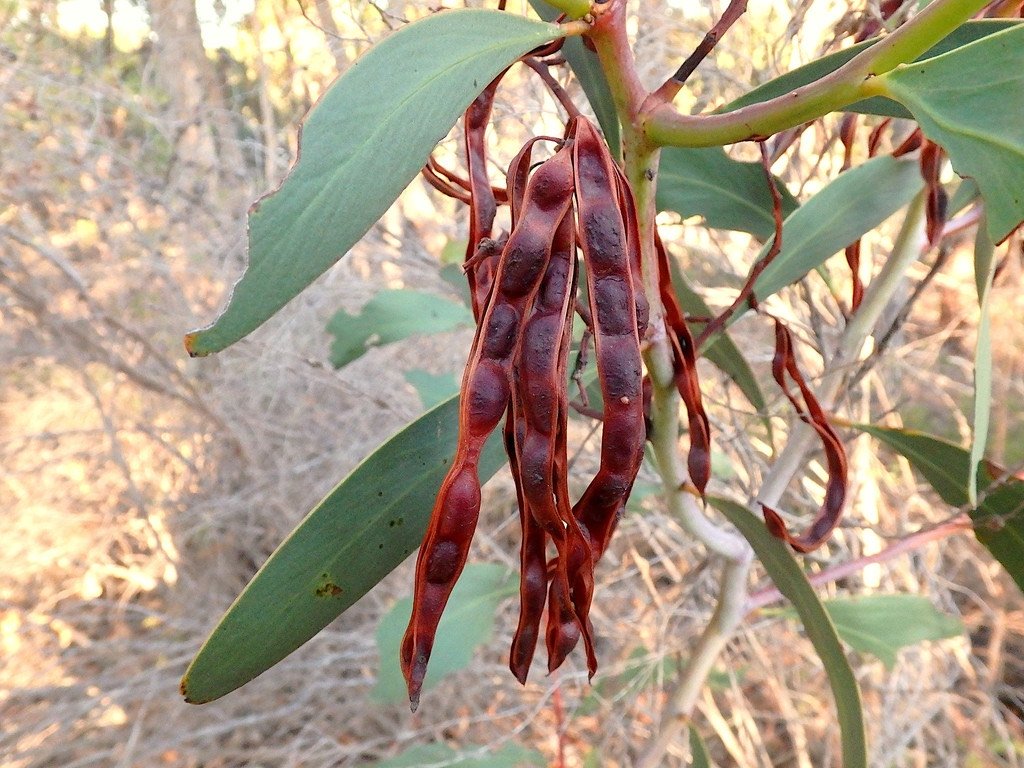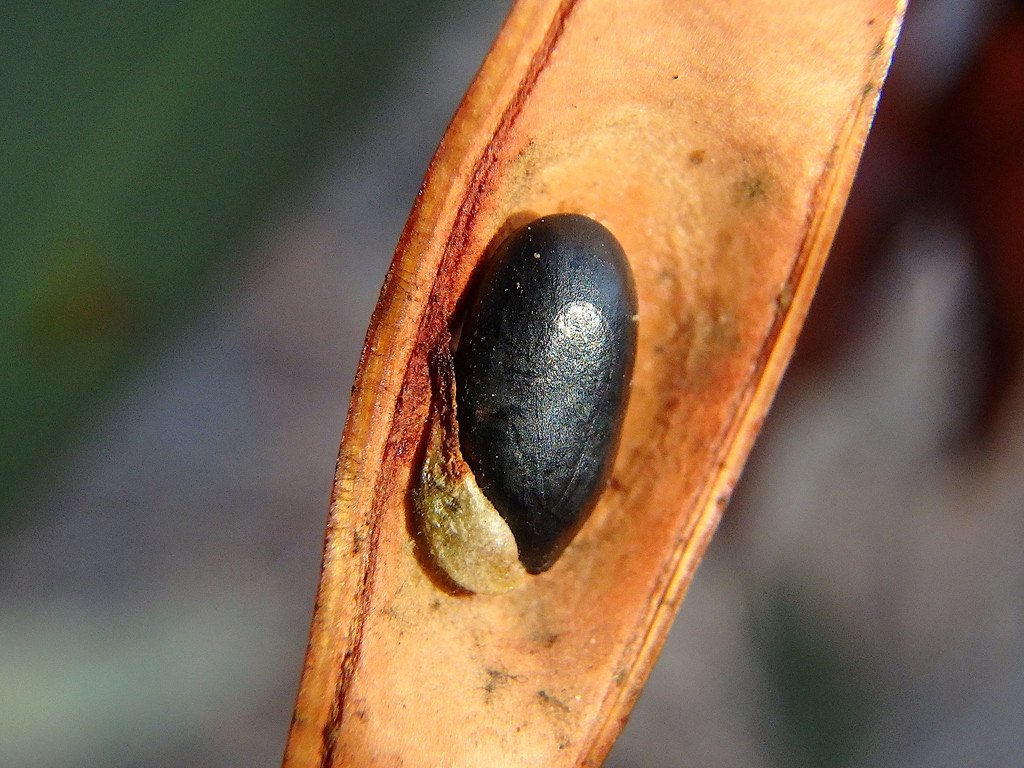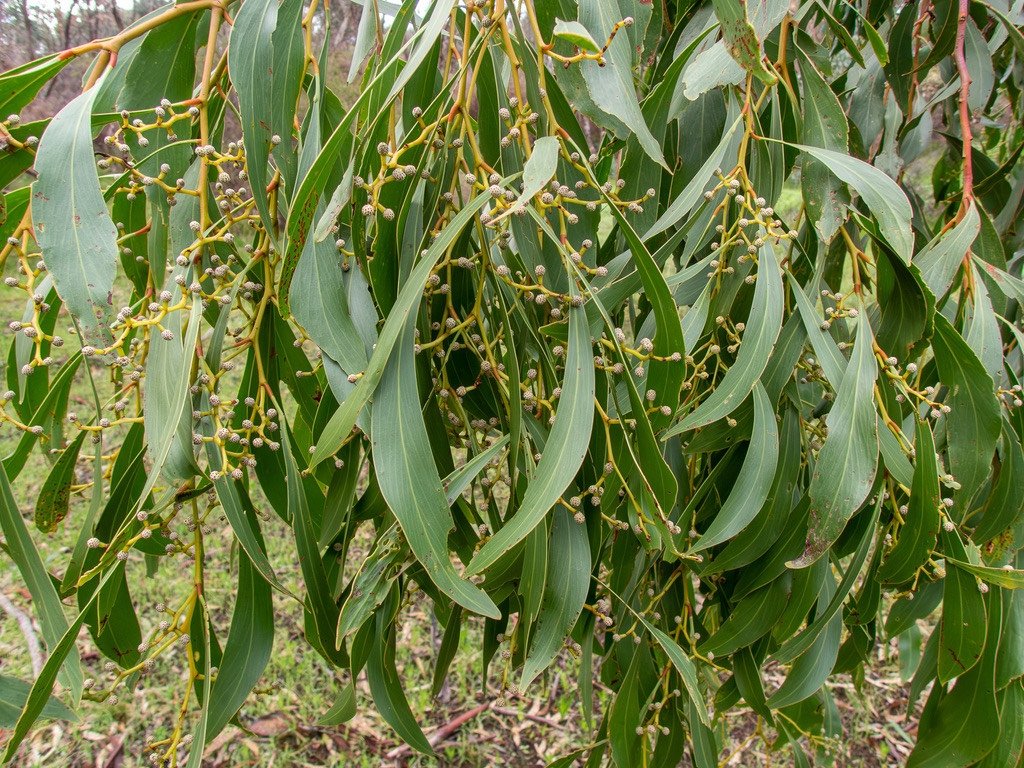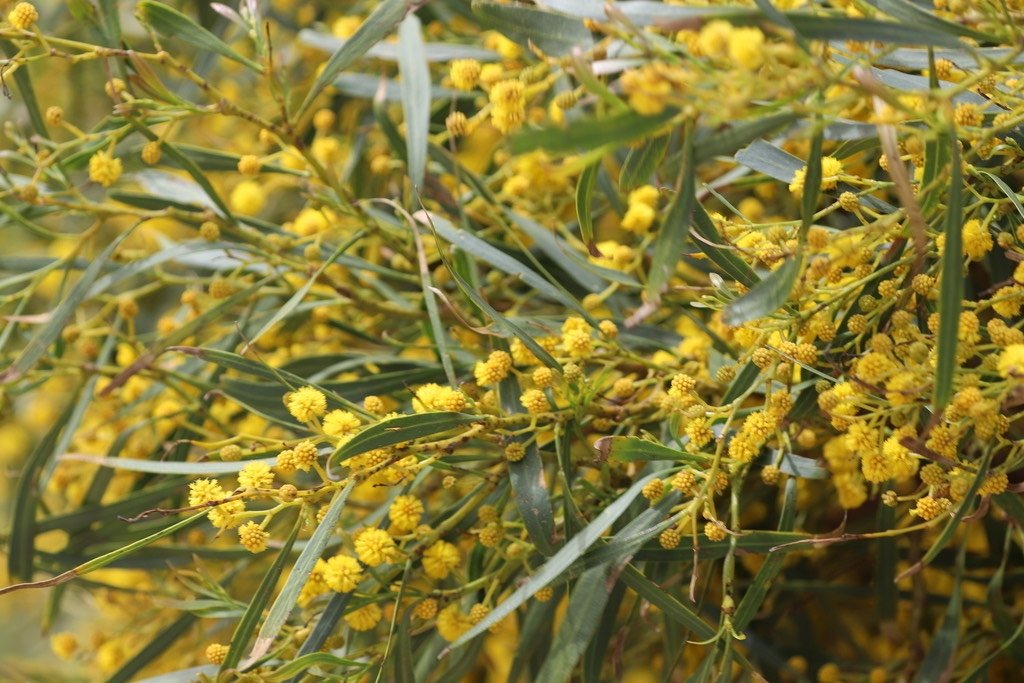by Natarsha McPherson
Your Adelaide Park Lands are home to many kinds of plants, but it’s not always easy to identify them. Continuing this series, Know Your Park Lands Plants, we take a closer look at the plants that call your Park Lands home.
Native to southeastern Australia, the golden wattle (Acacia pycnantha) has officially been Australia’s floral emblem since 1988 – a visually vibrant species you may have glimpsed throughout your Adelaide Park Lands, particularly within Golden Wattle Park / Mirnu Wirra (Park 21W) and G.S. Kingston Park / Wirrarninthi (Park 23).
Derived from the family of legumes and beans (Fabaceae), the golden wattle sits within a group of Acacias – one of approximately 1,350 species, of which three-quarters are native to Australia’s landscape.
Fast growing, you can find the golden wattle commonly and widely distributed across Victoria and South Australia. With heights varying from 3-8m, the species often grows as a shrub and a tree under the canopy of Eucalypt forest and woodland habitats.
With smooth, dark brown bark, the golden wattle may appear inconspicuous outside of its flowering season (late winter/spring). Similar to a few of its relatives, the golden wattle does not possess true leaves. Instead, it has flattened stems, called phyllodes, which often appear curved, lance-shaped, and drooping down from the tree’s branches. Ranging 5-20cm in length and 5-50mm wide, the colour of these ‘leaves’ can vary but usually occur as either a dull or shiny green – closely resembling eucalyptus leaves.
During the flowering season, however, the emergence of their bright yellow flowers is the best and easiest feature for identification. Its small flowers are grouped in globular clusters, called inflorescences, that measure around 2-9cm. These are closely aligned along the tree’s long branches in groups of 20-80 to give its characteristic appearance from a distance.
The golden wattle was selected as the national floral emblem due to its high resilience towards Australia’s harsh environmental conditions (e.g., drought and bushfires). Image: Rob Shepherd
However, this vibrant appearance isn’t just for us to admire! The golden wattle largely relies upon insects and birds, such as species of honeyeater and thornbill, to cross-pollinate between individual shrubs and trees. As birds extract nectar, they brush against the tree’s flowers – collecting pollen before depositing it in the flowers of the next tree.
Nectar for the golden wattle is produced within extra-floral nectaries, situated near the flowers. This proximity is critical as the species cannot self-fertilize from its own pollen.
For further identification, we can look towards the golden wattle’s seed pods/fruit that develop after fertilization. Generally, these seedpods are flattened, long (5-14 cm), and slightly curved – storing the seeds until they are ripe.
Young pods might remind you of green beans (same family!) – appearing bright green before eventually developing into a dark brown at maturity. Within the pods, seeds are only around 5-6mm, distinctively notable for their shiny black and oval appearance. These seeds are released from the pods during December and January when they must then rely upon animals, wind, and water for dispersal and establishment.
While many of these features are distinctive, the golden wattle can easily be confused for any number of nearby native wattles (Acacia spp.), appearing almost identical to species such as the golden wreath wattle (A. saligna) without close inspection.
Distinguishing between species can be difficult, though differences in the shape, size, and arrangement of phyllodes and flowers make the difference.
If you would like more information, the Australian Government provides an identification tool for the Wattles of Australia – abundant with fact sheets, an online key, and a glossary.
Unlike the golden wattle (left), the golden wreath wattle (right) often comprises phyllodes that are much narrower with shorter branches for flowering.
Want to know more about the plants in your Park Lands?
Head over to iNaturalist, where you can record, share, and discuss your findings with fellow naturalists.
See the other plants featured in this series here:
https://www.adelaide-parklands.asn.au/know-your-park-lands-plants
Header image: Andamooka










